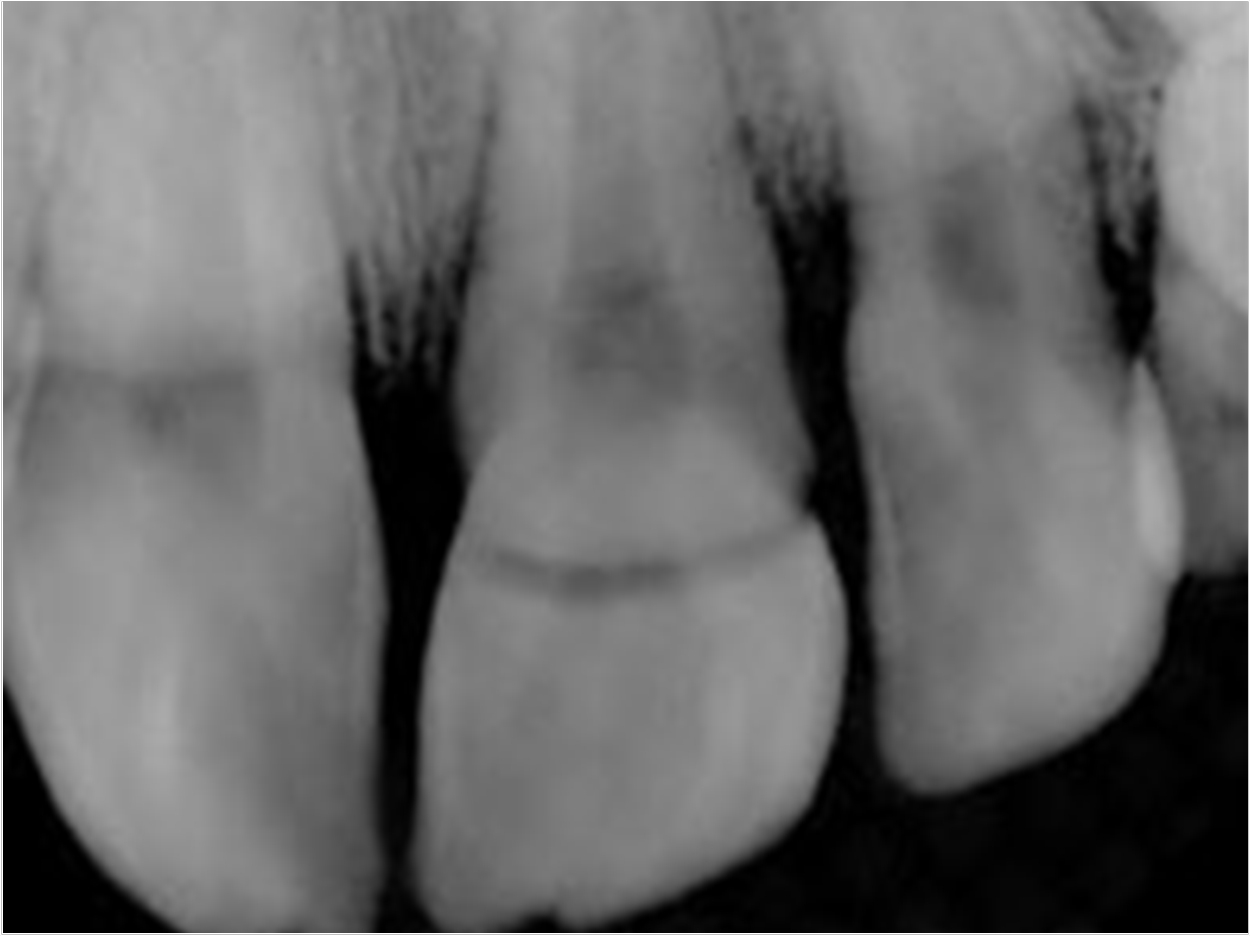
The Food and Drug Administration (FDA) has announced new guidelines for pediatric X-rays. While the FDA notes that X-rays provide important information to clinicians that will guide treatment, the ionizing radiation that they use could put children at risk. As a result, X-ray exams should always use the lowest radiation dose needed, and only when the provider believes they are needed to answer a clinical question or guide treatment.
Pediatric patients generally require less radiation than adults to obtain a quality image, so doctors should take extra care to minimize the radiation dose. And while the level of ionizing radiation is generally very low, it can contribute to an increased risk of cancer. Children have longer expected lifetimes, meaning there’s a greater risk of long-term effects eventually appearing.
The FDA defines the pediatric population as birth through the age of 21. However, the optimization of image quality and radiation dose depends more on the patient’s size than age. The thickness of the body—the distance the X-ray travels through the body to create the image—is the most important characteristic in “child-sizing” an image protocol. These guidelines apply to computed tomography, fluoroscopy, and conventional X-rays.
Furthermore, the FDA encourages parents and caregivers to talk to their child’s healthcare provider about X-rays and suggests:
- Keeping track of their child’s medical imaging history
- Asking the referring physician about the benefits and risks of imaging procedures, such as how the exam will improve the child’s healthcare and if there are alternative exams to X-rays that are equally useful
- Asking the imaging facility how it uses reduced radiation techniques for children and if any advanced preparation is necessary
- Reporting any adverse events to the FDA
Related Articles
Responsible Use of Dental X-Rays in Children
X-Rays Reveal Vitamin D Deficiencies
Dentists Take More X-Rays Based on How They’re Paid












